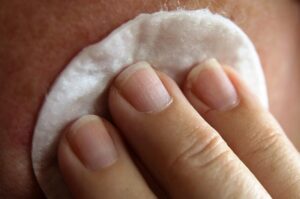Understanding fine lines and wrinkles involves distinguishing between dynamic and static causes, including muscle contractions, environmental factors, genetics, sun damage, smoking, alcohol, and diet. Key anti-aging treatments include topical creams with retinol, vitamin C, hyaluronic acid, peptides, and antioxidants; in-clinic options like chemical peels, microdermabrasion, Botox, and dermal fillers; holistic practices such as a balanced diet, hydration, exercise, quality sleep, and stress management; oral supplements containing peptides, vitamins, resveratrol, and hyaluronic acid; and non-invasive technologies like RF skin tightening, microneedling, and laser therapy. Safety, guided by dermatological advice, is paramount when choosing anti-aging treatments, with continuous advancements aiming to enhance effectiveness while minimizing risks and side effects.
Looking to banish fine lines and wrinkles? Understanding effective anti-aging treatments is key to achieving youthful skin. This comprehensive guide explores a multi-faceted approach to wrinkle reduction, from scientific breakthroughs in skincare to innovative procedures and lifestyle changes. Discover the science behind topical creams and serums, in-clinic advancements, and even oral supplements designed to combat signs of aging. We also delve into safety, side effects, and future trends in anti-aging treatment.
Understanding Fine Lines and Wrinkles: Causes and Types
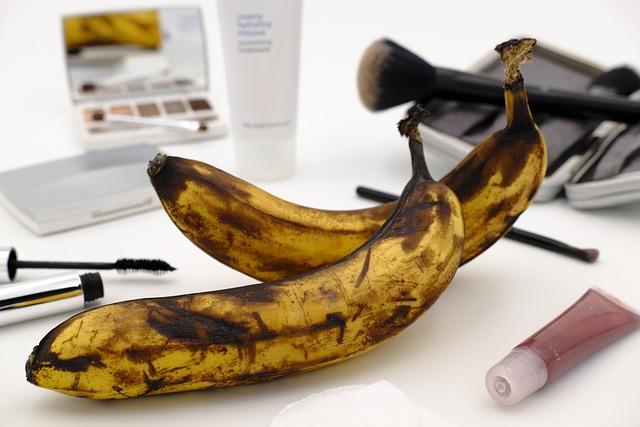
Fine lines and wrinkles are a natural part of aging, but understanding their causes and types is key to choosing effective anti-aging treatments. These skin imperfections can be categorized into two main types: dynamic and static wrinkles. Dynamic wrinkles form due to repeated muscle contractions, often around the eyes, mouth, and forehead, as a result of facial expressions. These are typically temporary and disappear when the muscles relax. Static wrinkles, on the other hand, are permanent changes in the skin’s structure and elasticity, caused by environmental factors like sun exposure, pollution, and aging. Over time, they become more pronounced and don’t fade away.
Various factors contribute to the formation of fine lines and wrinkles. Genetic predisposition plays a significant role, as some individuals are genetically programmed to have looser skin or thinner skin layers. Sun damage is another major culprit; UV rays break down collagen and elastin fibers, leading to premature aging and a loss of skin firmness. Additionally, lifestyle choices such as smoking, excessive alcohol consumption, and poor diet can accelerate the process. Identifying these causes is crucial in selecting appropriate anti-aging treatments aimed at specific wrinkle types for effective results.
The Science Behind Anti-Aging Treatments

The science behind anti-aging treatments, including those aimed at wrinkle reduction, revolves around understanding and countering the natural aging process of the skin. As we age, our skin experiences a decline in collagen production, which is responsible for providing structure and elasticity. This loss of collagen leads to the formation of fine lines and wrinkles. Anti-aging treatments seek to mitigate these effects through various mechanisms.
Many modern anti-aging treatments incorporate active ingredients like retinol, vitamin C, and peptides, which have been shown to stimulate collagen production, protect existing collagen from degradation, and reduce inflammation. Additionally, advancements in technology have led to innovative procedures such as chemical peels, microdermabrasion, and laser therapy, which physically exfoliate the skin, promote cell turnover, and enhance the appearance of wrinkles. These treatments work synergistically to combat the signs of aging, offering individuals more options for achieving a youthful complexion.
Topical Creams and Serums for Wrinkle Reduction
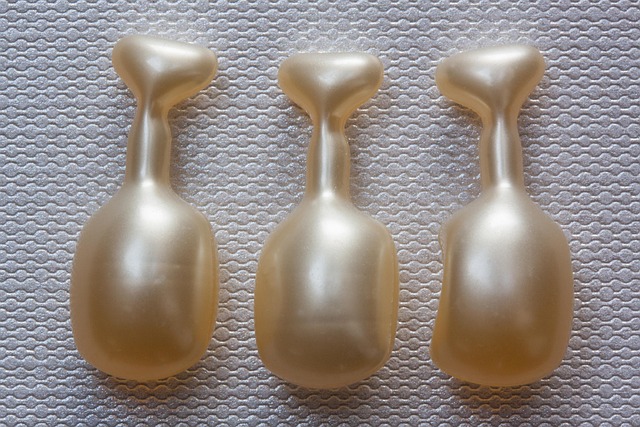
Topical creams and serums are a popular choice for those seeking effective anti-aging treatments to tackle fine lines and wrinkles. These formulations contain a range of active ingredients designed to penetrate the skin, stimulating collagen production and enhancing skin elasticity. Retinol, a derivative of vitamin A, is a well-known ingredient for its ability to smooth out fine lines by encouraging cell turnover and promoting the growth of new, healthy skin cells.
Another powerful anti-aging agent is hyaluronic acid, which has a unique property to bind and retain moisture in the skin. By keeping the skin hydrated, it plumps up fine lines and wrinkles from within, providing a temporary yet noticeable result. Many high-quality serums and creams combine these key ingredients with other antioxidants and peptides to offer comprehensive wrinkle reduction over time.
In-Clinic Procedures: Advanced Anti-Aging Techniques
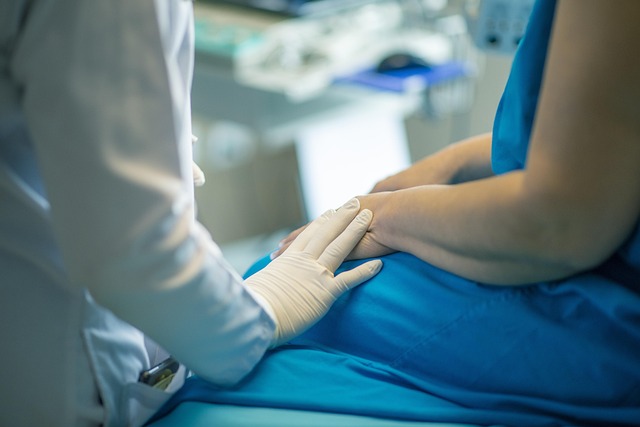
In-clinic procedures offer advanced anti-aging treatments that go beyond topical applications. These techniques, administered by trained professionals in controlled environments, target specific concerns like fine lines and wrinkles from multiple angles. One popular method is chemical peels, which use chemicals to exfoliate the skin, reducing the appearance of age spots and improving texture. Another effective approach is microdermabrasion, a procedure that gently sands away the uppermost layer of skin to reveal smoother, more radiant skin beneath.
For those seeking more intensive treatments, injections like Botox and dermal fillers are game-changers in anti-aging care. Botox temporarily paralyzes muscles responsible for wrinkling, while dermal fillers add volume and plumpness to the skin, enhancing its natural contour. These procedures not only provide immediate results but also offer long-lasting benefits when performed by experienced hands, making them sought-after choices for anyone looking to combat fine lines and embrace a youthful glow.
Lifestyle Changes for Youthful Skin
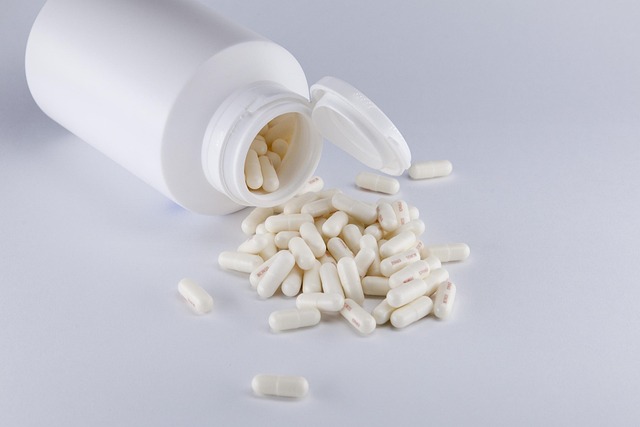
Maintaining youthful skin isn’t just about external treatments; it starts from within through lifestyle adjustments. One of the most effective anti-aging treatments is adopting a balanced diet rich in antioxidants and essential vitamins, which protect the skin from damage caused by free radicals. Staying hydrated by drinking plenty of water is also crucial, as proper hydration supports skin elasticity and a healthy complexion. Regular exercise boosts blood circulation, ensuring that vital nutrients reach every layer of your skin. This can help reduce the appearance of fine lines and promote cell regeneration.
Additionally, prioritizing quality sleep is essential for skin health. During sleep, your body produces more collagen, a protein fundamental to maintaining smooth and supple skin. Managing stress levels through practices like meditation or yoga is another powerful tool in your anti-aging arsenal. High stress can accelerate the aging process, so finding ways to relax and unwind regularly can make a noticeable difference in skin appearance over time.
Exploring Oral Anti-Aging Supplements
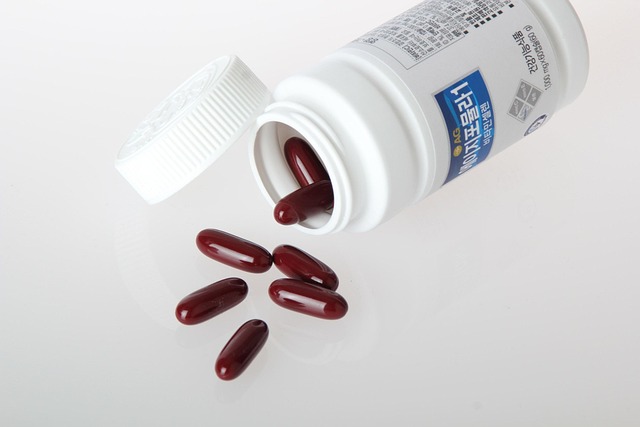
Many people are turning to oral anti-aging supplements as a non-invasive way to combat fine lines and wrinkles. These dietary supplements claim to boost collagen production, reduce inflammation, and protect the skin from environmental damage, all of which contribute to a younger-looking complexion. While topical creams have long been the go-to for wrinkle reduction, oral supplements offer a new approach with potential benefits.
When considering anti-aging treatments, it’s essential to research and choose reputable brands that back their claims with scientific evidence. Some popular ingredients in these supplements include peptides, vitamins C and E, resveratrol, and hyaluronic acid, each known for its skin-boosting properties. However, individual results may vary, and consulting a dermatologist is advisable before incorporating any new supplement into your routine to ensure safety and effectiveness.
Non-Invasive Technologies in Wrinkle Treatment

Non-invasive technologies have emerged as a preferred choice for those seeking effective yet gentle wrinkle reduction. These advanced methods offer a range of anti-aging treatments, providing significant improvements in skin texture and fine line appearance without the downtime or potential risks associated with surgical procedures. One such technology is radiofrequency (RF) skin tightening, which uses controlled energy to stimulate collagen production, leading to firmer, smoother skin. Another popular option is microneedling, where tiny needles create micro-injuries, triggering the body’s natural healing process and enhancing skin elasticity.
Laser therapy is another non-invasive wrinkle treatment that utilizes specific wavelengths of light to target different skin concerns. This technology can break up stubborn pigmentation and stimulate collagen, resulting in reduced fine lines and a more youthful complexion. Each of these methods offers unique advantages, catering to various skin types and preferences, and providing an array of anti-aging solutions without the need for extensive recovery periods.
Safety, Side Effects, and Future Trends

When considering any wrinkle reduction method, safety is paramount. As with any cosmetic procedure or product, it’s crucial to consult a dermatologist or qualified medical professional to ensure minimal risk and optimal results. Many anti-aging treatments, from topical creams to injectables, are generally safe when used as directed. However, side effects can include temporary redness, swelling, and bruising, especially with invasive procedures like injections.
Future trends in wrinkle reduction are promising, driven by advancements in skincare science and technology. From novel peptide complexes that enhance collagen production to innovative laser treatments offering precise targeting, ongoing research continuously expands the toolkit for fighting fine lines and wrinkles. These developments aim not only to provide more effective anti-aging solutions but also to minimize side effects and improve patient comfort, ensuring individuals can look and feel their best while maintaining overall skin health.
